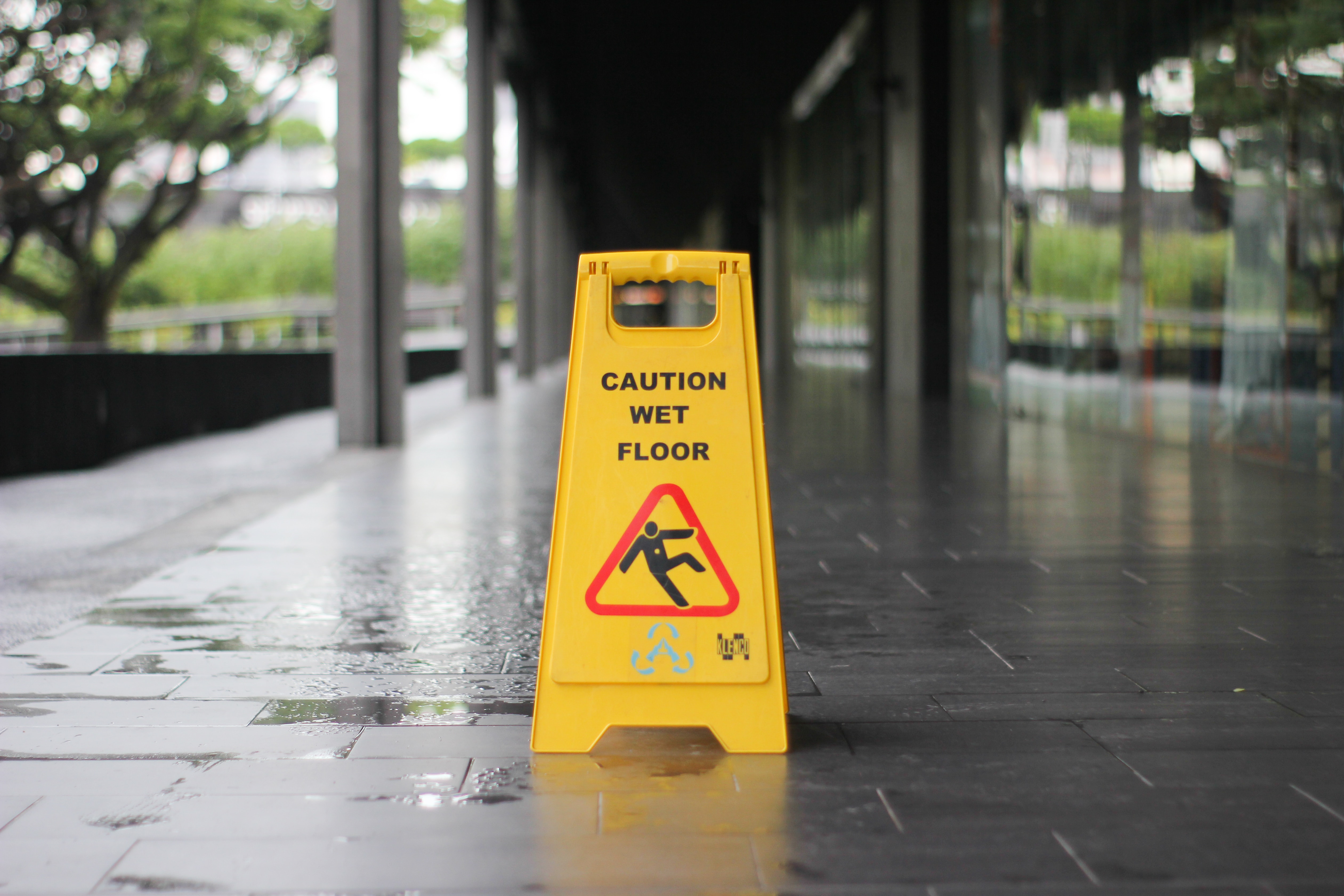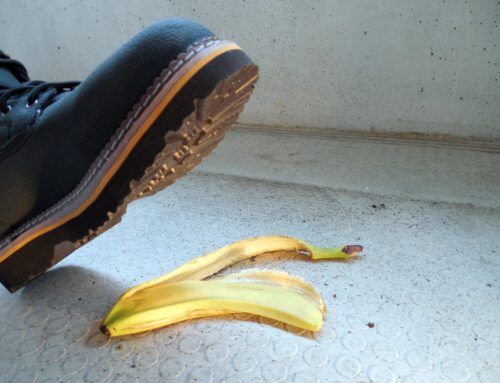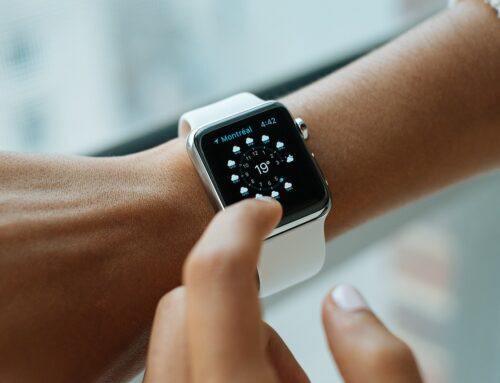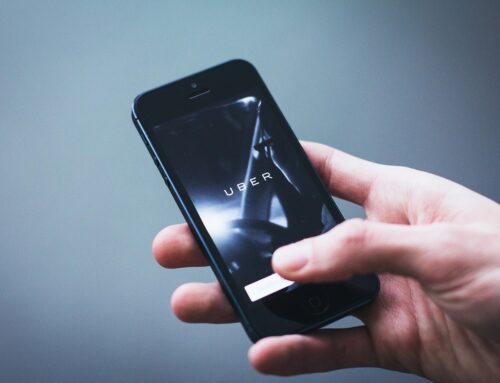Slip and fall injuries are among the most common events which trigger personal injury lawsuits.
In fact, it is estimated that over 1 million people per year visit an emergency room as a result of slip and fall injuries -that’s 2,000 people per day! Given that the average cost for medical care and lost wages in this type of injury is between $30,000 and $40,000, it is easy to see why lawsuits are fairly common. Still, only 2% of slip and falls go to trial and most are settled.

Slip and Fall Injuries – Burden of Proof
A slip and fall accident is unexpected, and can change your entire life in an instant. The physical and emotional pain which can be the result of one moment in time can prevent you from working, and diminish your ability to enjoy life. It certainly seems that if someone’s negligence caused such a situation, that you deserve reimbursement.
However, the fact that you fell does not automatically mean that you have a valid personal injury case. Proving that someone else is responsible for your misfortune does not mean that they had any malicious or intent, or that they meant to hurt you. That is almost always not the case, in fact.
However, if another party is responsible for the circumstances which led up to your injury, or if their actions set the accident in motion, you may have a case. Even if it is inadvertent, negligent behavior is often cause for a valid claim.
There are generally two ways to prove liability for a slip and fall.
- Prove that the property owner or manager caused a dangerous condition on their property and that it was reasonable to foresee that someone could slip, fall or be injured. For instance, you may be able to prove that a property owner installed flooring which gets overly slippery when wet, and then installed a fountain which caused the opportunity for the floor to get wet. You may be able to prove that there were not appropriate handrails on steep stairways, or that transitions between rooms were uneven and could cause tripping. There are any number of ways that an unreasonable or dangerous condition can exist on a property.
- Prove that the property owner or manager should have identified a potential danger, and taken proactive steps to fix the situation before someone got hurt. Examples of this may be a restaurant which does not promptly clean up spilled drinks and someone slips; the bathroom sink leaks and was not fixed; or that a certain portion of sidewalk has gotten moldy and is therefore exceptionally slippery when wet. If a property owner has received complaints in the past and not fixed the problem, any slip and fall injuries which happen after the complaint are likely open to personal injury claims against the property.
Although most people understand that property owners and managers do not mean any harm, it is their responsibility to keep the premises reasonably safe for their clients, customers, tenants and guests. If you believe that your injury was caused by negligence and would like to learn about your options, call the personal injury attorneys at Probinsky & Cole. We will help you to determine your rights and your chances to recover your damages legally. Call us today and let us help.







